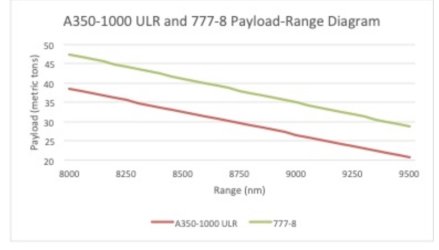- Joined
- Feb 15, 2022
- Posts
- 507
- Qantas
- Platinum
- Virgin
- Platinum
- Star Alliance
- Gold
A flight that is 19 hours vs 17 hours doesn't change a great deal from a cost perspective - 2 hours of extra cruising isn't using a ridiculously higher amount of fuel that it makes the flights uneconomical.Yes good point, however that route isn't going to be as long the project sunrise flights, but I suppose PER-LHR is a good indicator of potential success
But the real consideration is yield, and the A35Ks that QF has for Sunrise are perfectly setup for that - they have basically the same number of seats as a 789, but many more premium seats (98 on the A35K vs 70 on the 789). More premium seats = more avg. rev per customer. That's how they'll make it work


















